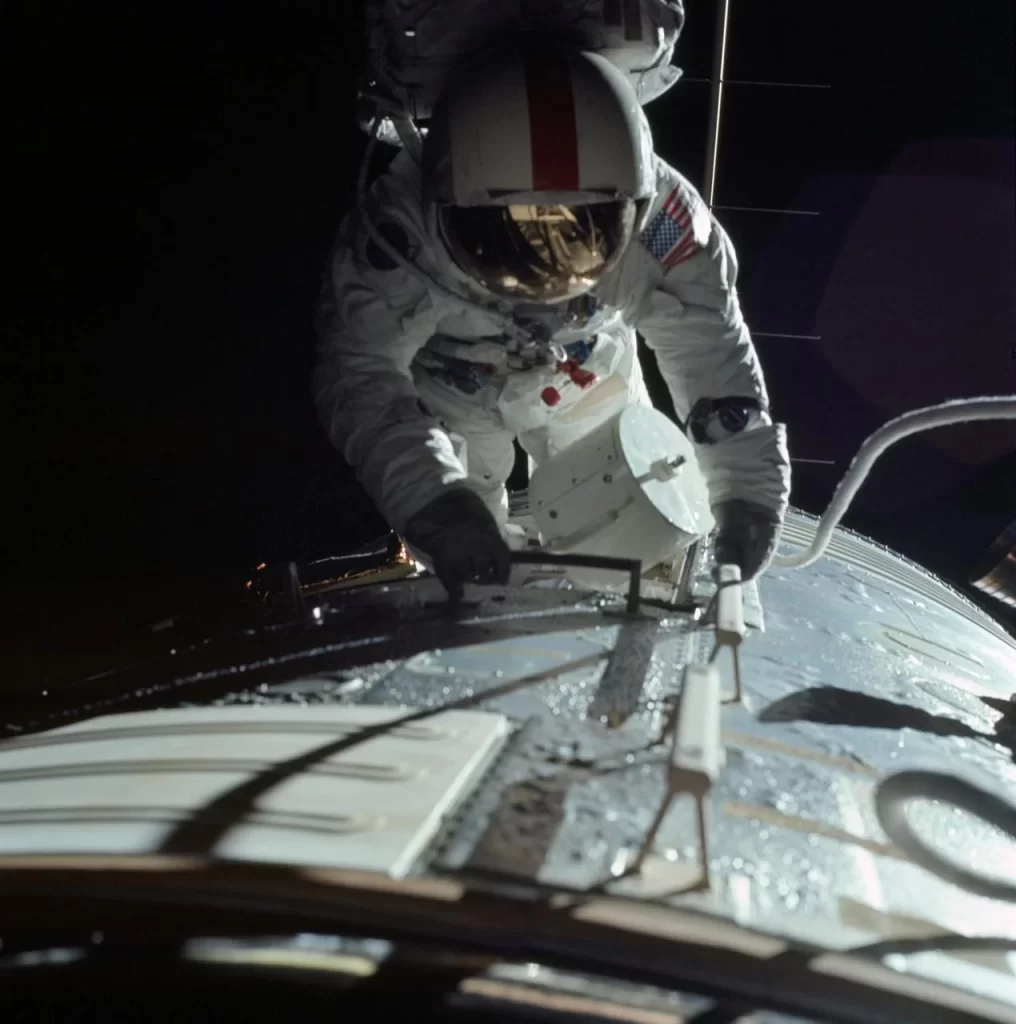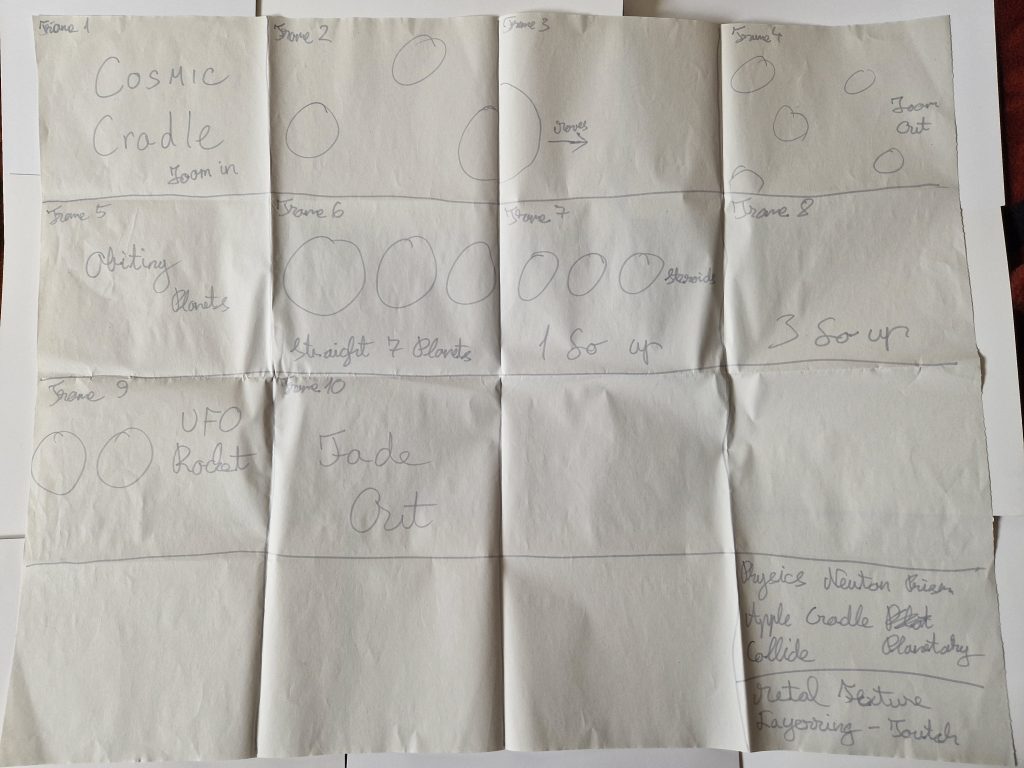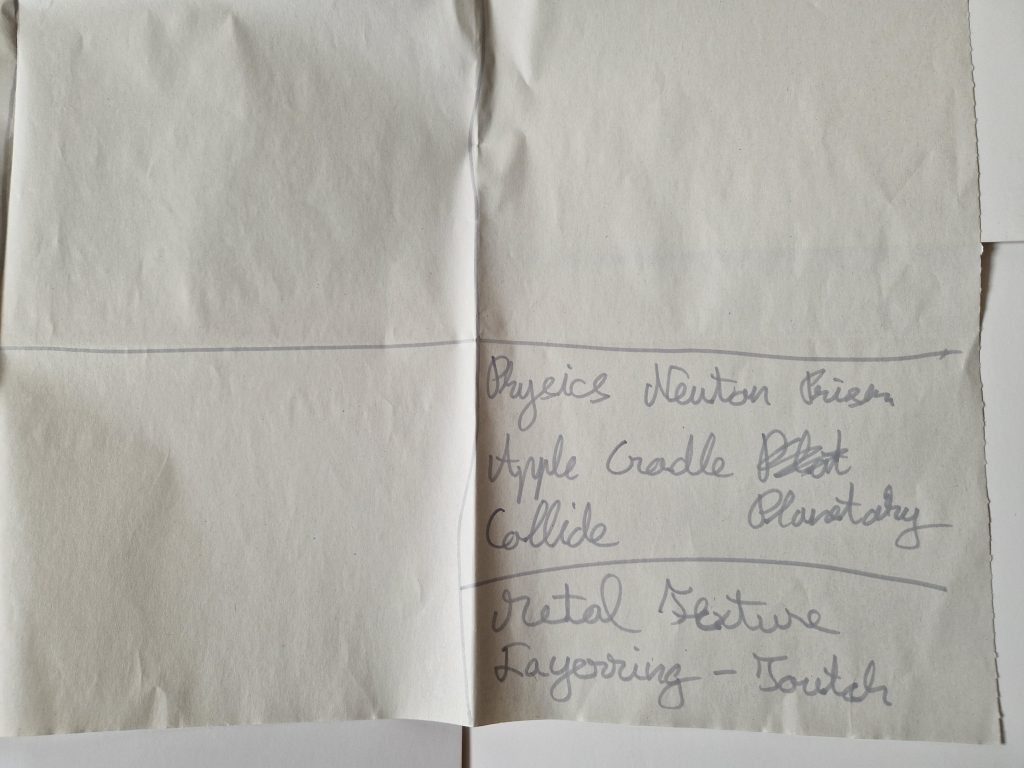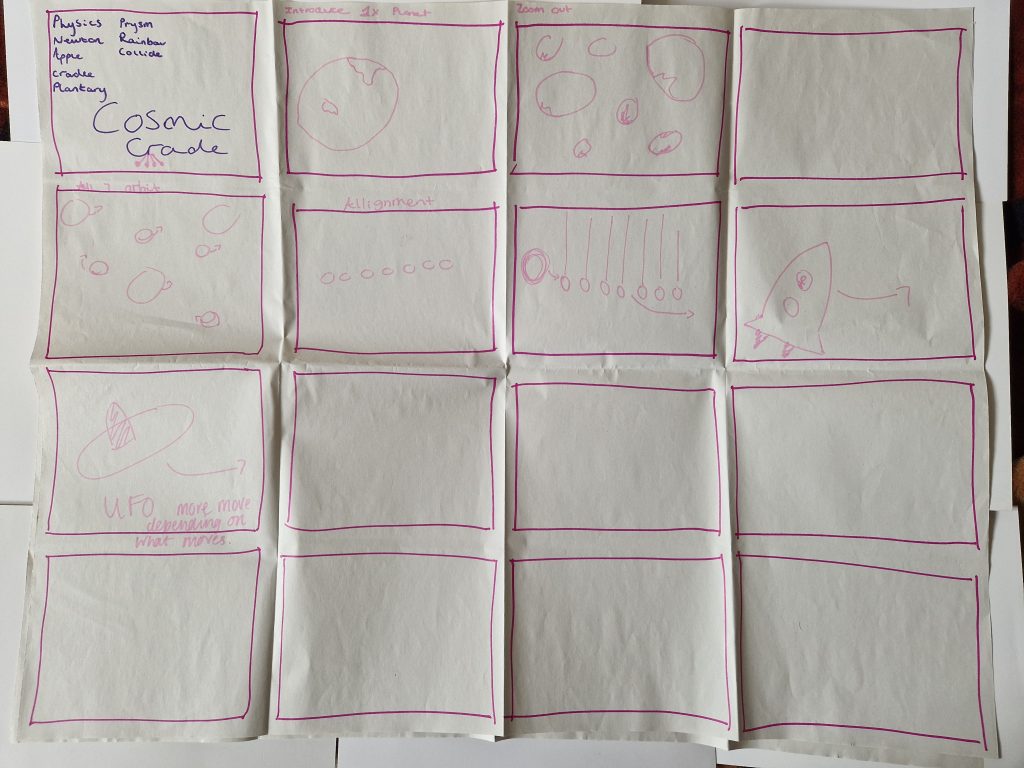Space in 1970’s

This was decided to create some storyboards while considering how to merge the Metamorphisis, Alexander Calder, and Science. However, a mindmap of what science specifically entails before creating a storyboard. Consequently, planets and rockets are a part of science, particularly planetarium. The plaques flown on Pioneers 10 and 11 and, of course, the Voyager Golden Record are two instances of how the human element was conveyed even in robotic spaceflight throughout the 1970s. Each artefact was intended to express the human condition to potential extraterrestrial life, if said extraterrestrial came upon each spacecraft (Emily Carney, NSS, 26 September 2021).
Furthermore, it is impossible to ignore the connection that both scientists and engineers as well as technicians felt when the great planetary research missions of the 1970s succeeded. The era’s NASA and JPL films depict the control rooms’ almost amazement when, for example, the Viking landers touched down and actually sent back the first sharp photographs of Mars (Emily Carney, NSS, 26 September 2021).
Initial Storyboard

A decision was taken to storyboard and clarify ideas following mind mapping. As a result, the animation opens with a planet in the background of space. So camera is crucial in transitions because a second planet then appears after a minor camera movement. Both of the planets begin to clash like gas particles as soon as they arrive. Three planets form after a collision, but the colours used in the storyboard won’t be utilised in the final animation because the three planets will be different from those shown in it. Several planets have so collided, and the collision is zoomed in on by the camera. After the collision, the strings become visible as the camera pans out. As planets are actually a Newton’s Cradle on a workplace as the camera continues to zoom out.
Group Storyboard

An area was actually a wallpapered rear wall that moved like an Alexander Calter mobile. However, since the storyboard was unfinished and lacked a beginning and a conclusion, doing a group brainstorming was helpful. The group storyboard that Abbie, Adam, and Sidney presented is shown in the photo below. After the group project, additional factors were taken into consideration, such as having various planets turn in a line that will resemble a cradle and an asteroid that is travelling in the direction of the planet. After an asteroid strikes the planet, all the planets collide once more. Three planets are then moved by the rockets, which causes them to rise after colliding and then fall. This connects to the Alexander Calder mobile as well.

Development of the idea for the entire animation would involve space and a 3D rocket in a similar style, by thinking back to space exploration from the 1970s.

References
Emily Carney, NSS, 26 September 2021. Space in the Seventies: The Decade That Brought the Human Element Back to Spaceflight [Online] (n.d.) Available at : https://space.nss.org/space-in-the-seventies-the-decade-that-brought-the-human-element-back-to-spaceflight/ [Accessed in 11 May 2023]
